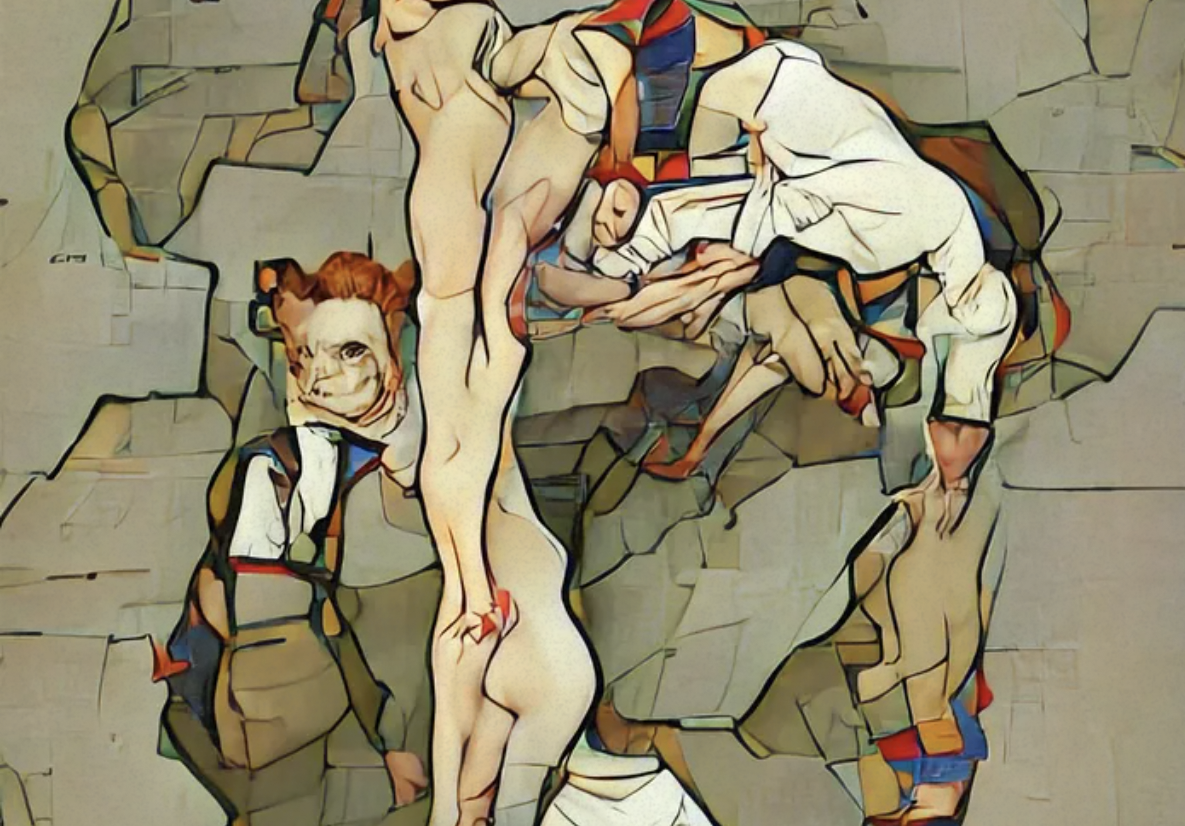Week 8 Reflections on Peer Feedback

Thanks so much to our Frances and classmates for giving me feedback. I’m having second thoughts about my curation based on this.
As I reflect on the feedback I’ve received, I realize that my initial approach may have leaned too much into the technical spectacle of AI rather than focusing on the artists and their critical engagement with the medium. My exhibition was meant to explore AI’s role in art, but I now see that the artists themselves—their creative processes, the narratives they construct, and the themes they interrogate—should be at the forefront of my curation.
I originally framed AI as a curatorial tool and experiential mechanism, but through discussions, I’ve come to understand that what makes this exhibition compelling is not just how AI operates but what artists are doing with it. Instead of asking “How can AI change curation?”, a more relevant question might be: “How are artists using AI to challenge our perception of authorship, aesthetics, and meaning?”
Reframing My Curation: AI as Artistic Inquiry
In light of this, I want to shift my focus to AI as an artistic inquiry rather than just a technological innovation. The exhibition will still explore how AI is shaping contemporary art, but with a stronger emphasis on individual artists’ perspectives, thematic depth, and audience engagement.
For example:
- Refik Anadol’s Machine Hallucinations doesn’t just showcase AI-generated visuals—it interrogates how machines process memory and perception, and what that means for us as human viewers.
- Xanthe Dobbie’s Utopian Slumps is not merely an AI-generated digital collage—it critiques gender representation and algorithmic bias, making us question the ideologies embedded in machine learning models.
- Botto, the decentralized AI artist, isn’t just an experiment in AI-generated creativity—it’s a provocation about how art is valued, chosen, and consumed in an era of machine curation.
Bringing It Back to the Audience
Another critical point I took from my feedback is audience experience. Originally, I designed a highly interactive AI-driven format, but I now recognize that exhibition design should support, not overshadow, the artworks themselves. Instead of overwhelming visitors with AI-driven exhibition layouts, I want to create a space for reflection, dialogue, and engagement with the artists’ ideas.
One potential adjustment is to scale back on the AI-driven navigation system and instead introduce more guided thematic zones, allowing visitors to explore different perspectives on AI’s impact in contemporary art.
Next Steps
Moving forward, I want to refine my artist selection and ensure that each artist directly contributes to the exhibition’s thematic framework. I also need to critically evaluate the balance between AI as a curatorial method and AI as an artistic inquiry, ensuring that the technology serves the concept rather than defining it.
Strengthen my artist research to better articulate how their work aligns with my themes.
Incorporate theoretical texts on AI and curation to deepen the project’s intellectual foundation.
Refine the audience experience, ensuring engagement without overwhelming them with technological spectacle.
I’m incredibly grateful for the feedback that’s pushing me to rethink my curatorial approach—it’s making me realize that curation is not just about constructing a concept, but about continuously responding to the artworks, the artists, and the conversations they generate.
Would love to hear more thoughts on this—does this shift in focus make the exhibition more compelling?



